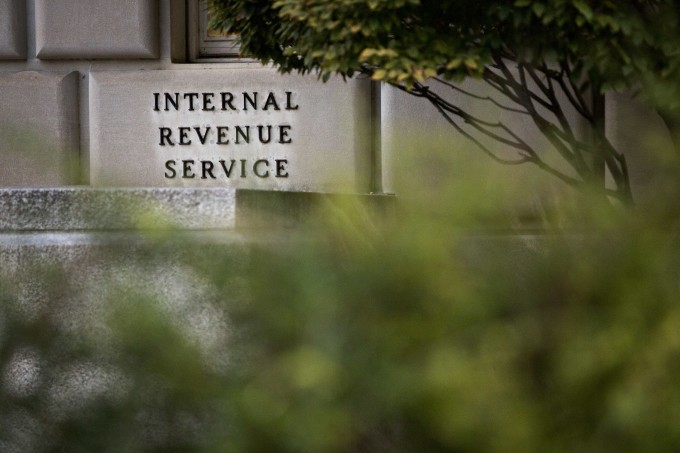The IRS Thursday published finalized rules loosening restrictions on health reimbursement arrangements, allowing employers to significantly expand the use of such accounts and make them a much bigger part of employers’ healthcare offerings.
Beginning in January 2020, employers will be able to use individual coverage HRAs to provide employees with pre-tax funds to pay for the cost of health insurance coverage that workers purchase in the individual market.
The HRA rule increases workers’ choice of coverage, increases the portability of coverage and will generally improve worker economic well-being, the Department of Labor says.
Under the new rule, employers that offer coverage also can provide a special HRA funded at up to $1,800 a year to reimburse workers for short-term health plans that don’t comply with the Affordable Care Act.
“The HRA final rule offers millions of American workers more health coverage choices and portability,” Labor Secretary Alexander Acosta says in a statement. “HRAs create a great opportunity for job creators to support their employees and for those employees to be empowered to make the best healthcare decisions for their families.”
Industry groups hailed the final rule, saying it would boost access to healthcare.
“Employers and employees alike will have more options for healthcare coverage as a result of the new rules issued today,” says American Benefits Council President James Klein.
And while the expanded access to healthcare is viewed as a positive move, employers are encouraged to continue to promote and engage workers in improving their well-being and enhancing their health literacy.
“Certainly, legislative solutions that help employees get access to care are a step in the right direction,” says Thomas Parry, president of the Integrated Benefits Institute, a health and productivity research organization. “However, this does not replace the employer’s role in supporting employee health and better decisions around healthcare, nor does it mean employers can ignore the outcomes of health that are important to their employees and their business.”
Access to coverage is one thing, proper care, better health and better outcomes are critical as well, he adds.
HRA offerings have stayed modest and relatively flat over the years, in part because of such restrictions — 19% of employers offer HRAs, just a 2% increase since 2014, according to data from the Society for Human Resource Management.
Employer and benefits industry groups have urged the administration to loosen HRA restrictions so the accounts could become more widely used. An Obama administration guidance in 2013 prohibited using an HRA to pay premiums for individual market coverage.
The DOL expects this expansion of HRAs will benefit approximately 800,000 employers, including small businesses, and more than 11 million employees and family members, including an estimated 800,000 Americans who were previously uninsured.
“We now call on lawmakers to work together to stabilize the insurance marketplaces, including measures to address costs,” Klein adds.

